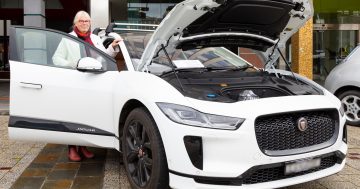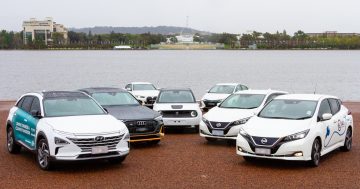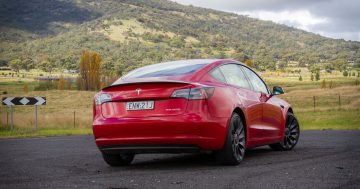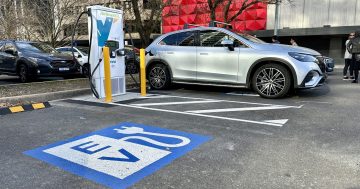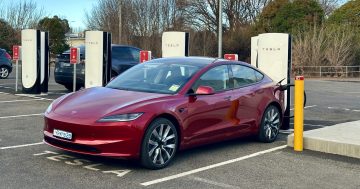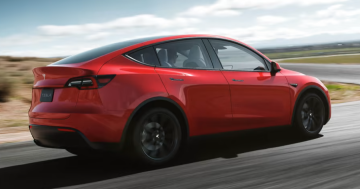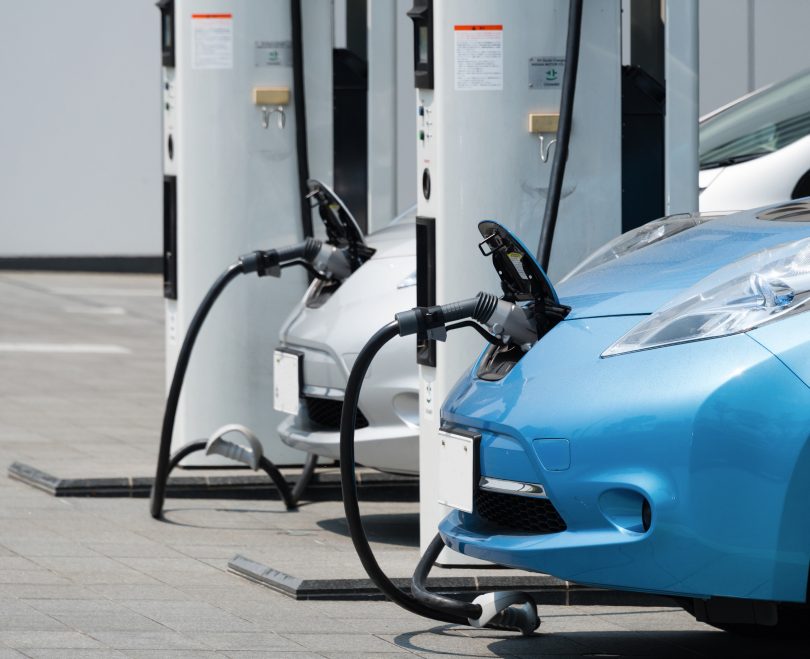
The switch to electric vehicles is underway, but Australia is holding back. Photo: File.
A tipping point has been reached with electric vehicles, yet the Morrison Government seems intent on limiting their take-up in Australia and the contribution they can make to reducing our greenhouse emissions.
GM is but the latest of the big car makers to announce it was throwing the switch to EVs in line with the Biden Administration announcing renewed vigour in the fight against global warming and committing to transitioning the entire US Government car fleet.
The US has also had a range of cash and tax incentives for EVs for years.
China is in the midst of an EV manufacturing revolution, including autonomous vehicles, and the UK won’t allow the sale of new petrol cars and vans from 2030 and offers a range of subsidies to increase the uptake of EVs.
The ACT Government understands this and is doing what it can to encourage EV uptake.
The fact is it’s happening. Yet a federal government discussion paper for its future fuels strategy rules out any such incentives, a phase-out of petrol vehicles or even fuel efficiency standards, opting for the language of giving Australian drivers choice.
The Morrison government appears to accept the shift is on, expecting the range of new vehicle technology options in the Australian market to continue to increase each year, and that by 2030 battery electric vehicle sales will reach 26 per cent of annual new vehicle sales. It could be so much more.
But the Morrison government wants to hedge its bets, to assuage its own internal critics and vested interests.
A national EV strategy canvassed in February 2019, before the last federal election, was replaced last year with a broader approach that also covers hydrogen fuel-cell and biofuel-powered vehicles, which may just be sops to the gas industry, agribusiness and their National Party patrons.
Of course, the election was also marked by the Prime Minister’s inane comments about EV proponents wanting to end the weekend.
The PM says Australia is not about to tax its way to lower emissions, and argues subsidies to hasten the transition to EVs are not value for money, despite a combination of carrot and stick being a proven way to achieve an outcome.
It talks about the costs but not the benefits.
It’s a hands-off approach that ignores the urgency of combating global warming, the pace of change overseas, and the benefits a faster transition would bring.
Not only would it make a huge dent in our emissions but clear the air of our cities, reduce noise, and bring better health outcomes.
The government’s approach also risks Australia being left behind and facing greater costs to update later on, a bit like the NBN.
Some fear Australia will become a dumping ground for dirty, old-tech vehicles.
While consumers reap the benefits of government-supported accelerated uptake overseas, Australians may still face cost barriers and a market still dominated by a redundant technology.
Advocates also argue that it leaves Australia exposed from a national security perspective if supply chains are disrupted, with the nation only having six weeks’ supply of fuel.
At least work is continuing on how an EV-based transport system will integrate with the electricity grid, with the Australian Renewable Energy Agency’s trial of smart chargers to observe how charging can be managed at optimal times.
The government also says it will be prioritising charging and hydrogen refuelling infrastructure where it is needed, but again are we talking green hydrogen or that derived from gas, and what does ”where it is needed” actually mean?
This is a government that continues to not want to lead, and uses the idea of choice to string out Australia’s reliance on fossil fuels.
It’s an approach that will cost consumers, affect the nation’s health, restrict the nation’s ability to reduce emissions and undermine national security.
Australia should be at the forefront of this momentous shift, not dragging its feet.
The question has to be asked: who is benefiting from this approach?












